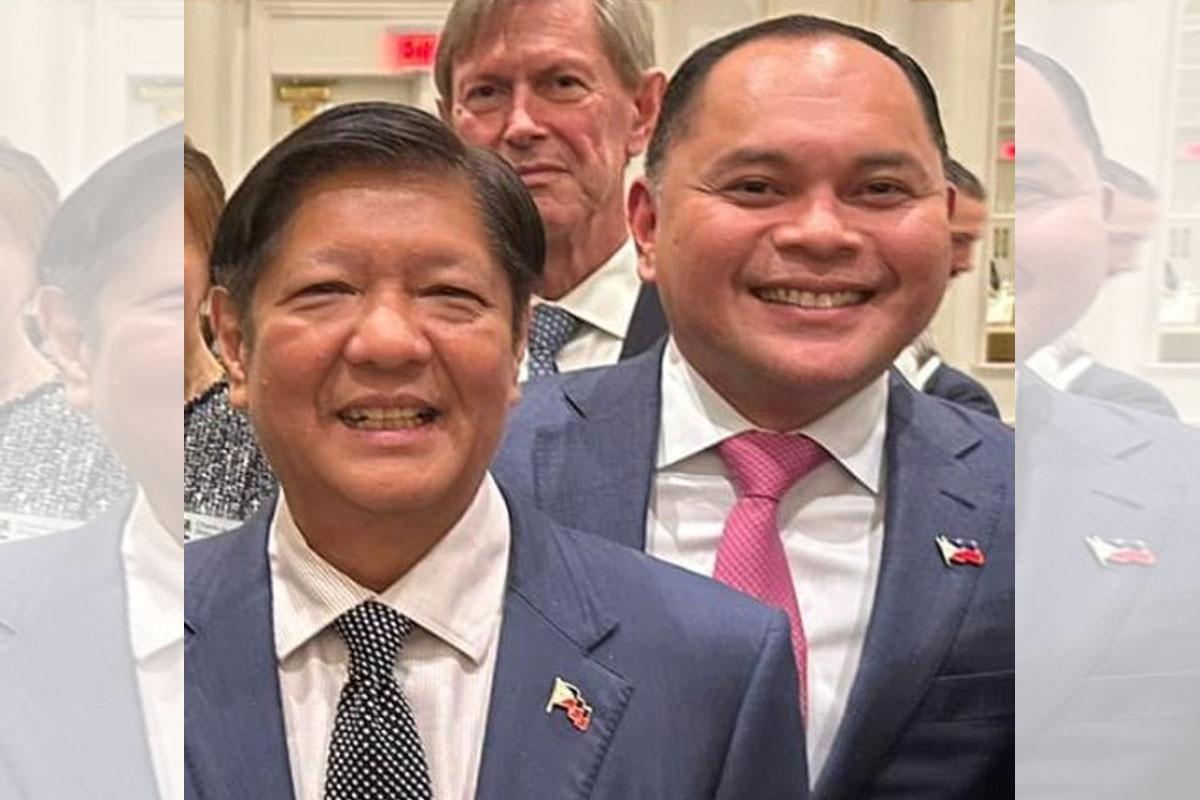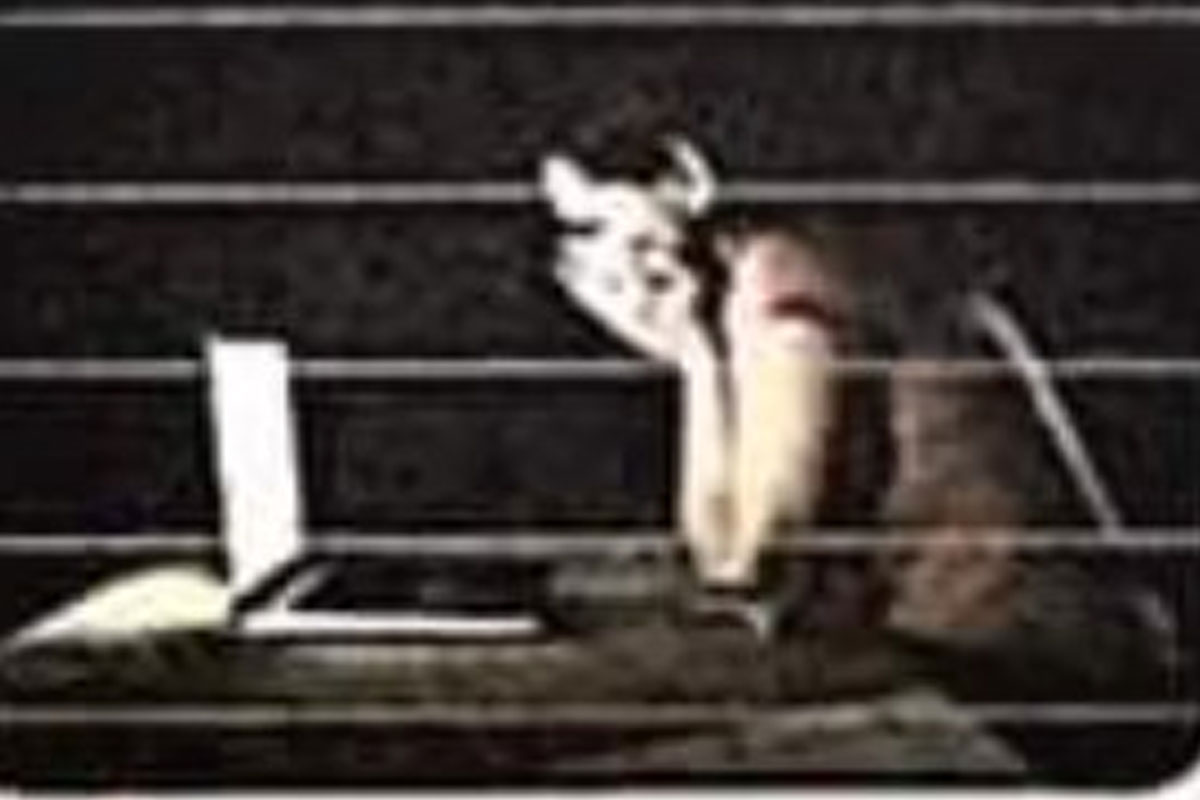
Dogs Really Do Look Like Their Owners — But It Doesn’t Stop There
November 20, 2018
Written by Reuben Westmaas
It can be hard to stifle a laugh when you see a tall redhead with long hair walking an Irish setter. Or a burly man with a pugilist’s nose accompanied by his big, round bulldog. Or a komondor playing in the park with its dreadlocked owner. You’re not imagining things — people really do tend to look like their dogs. But the phenomenon of people resembling the things they’re around most doesn’t stop there.
The Mastiff in the Mirror
The phenomenon was first verified in 2004 when a study led by psychologist Michael Roy found that strangers were able to match up purebreds with their owners about 64 percent of the time. Other studies since then have shown the same thing: It’s (relatively) easy for strangers to pick out which dogs belong to which people based only on their looks. But what’s going on here? Is it that people prefer to buy dogs that look like them or do dogs and people slowly converge on a similar look the longer they live together?
Part of that answer lies in the place that this phenomenon comes up short. It only works for purebreds. In Roy’s original study, he found that mutts were a lot harder for people to match with their owners — they only got the right answer about 35 percent of the time. Furthermore, there was no correlation between how long the owners had lived with their dogs and how accurately the strangers guessed. That all suggests that people tend to fixate on a particular type of dog — one that vaguely resembles them — and seek it out.
Beyond Bow-Wows
Okay, so dogs sometimes look like they have certain haircuts and facial expressions, and it’s easy to see how you might look at a particular breed and think, “Say, that’s a pretty handsome pup. Reminds me of a face I see in the mirror every day.” But what about things that don’t actually have faces? It turns out that people still like the ones that look like them.
In a study published in 2014, participants were put in almost the exact same situation, only with cars instead of dogs. Just like with the canines, they guessed which cars belonged to which people at a degree greater than chance — but only when they saw the cars head-on. That suggests that it really is the cars’ “faces” that match up with their owners.
Here’s one more interesting wrinkle, though. Is it that people are more likely to buy a car that looks like them, or that they’re more likely to be sold one? A study that came out in 2018 casts a darker light on the subject. In it, researchers discovered that regardless of the customers’ preferences, salespeople had a distinct tendency to pitch round-shaped products to overweight customers.
The researchers sent an actress to shop for wristwatches and perfume bottles in two different circumstances — first, in her natural body size of 4 feet, 11 inches (150 centimeters) tall and 102 pounds (46 kilograms), and second, in a professionally made prosthetic to make her appear obese. In the first outings, salespeople showed her narrow, rectangular watches and perfume bottles, and in the second, they favored round-faced watches and circular bottles. Unlike the case with dogs and cars that look like peoples’ faces, there is no evidence to suggest that overweight people prefer rounder products. That suggests that, at least some of the time, people are picking up the products that are being pushed on them based on their looks instead of based on their preferences.
Curiosity





















